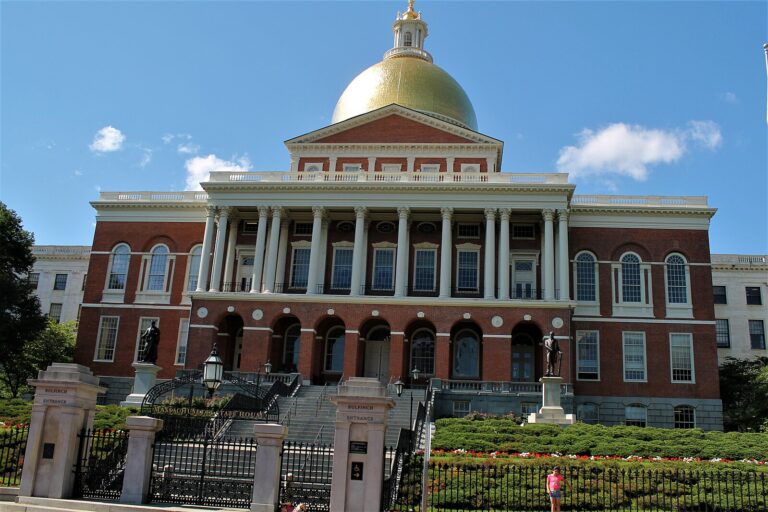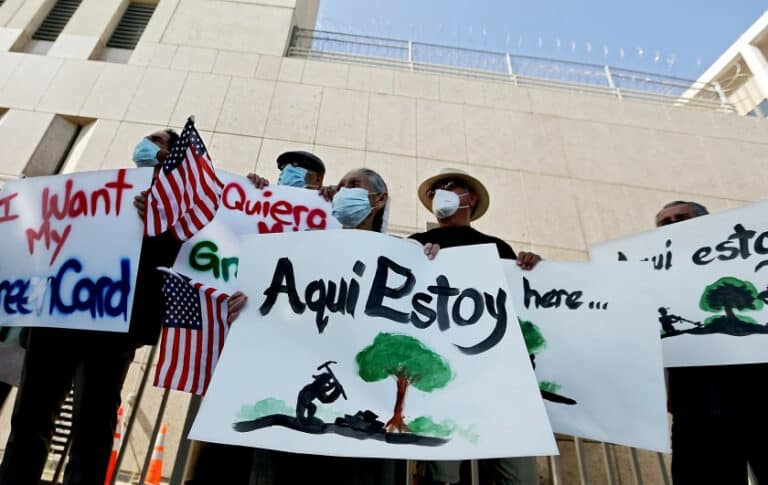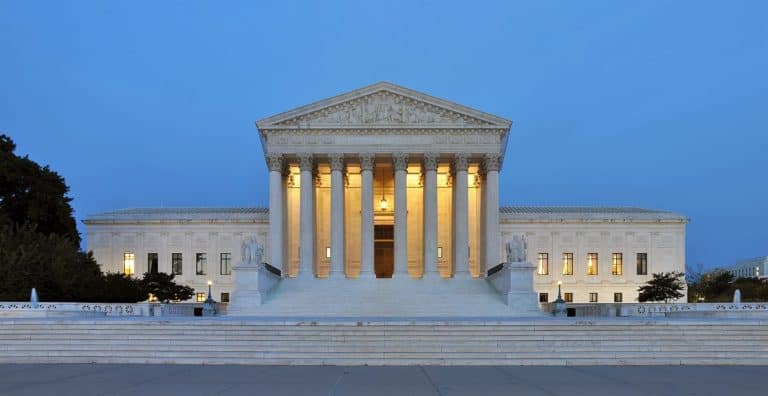Jake Rosenfeld is Associate Professor of Sociology at Washington University-St. Louis. He is the author of What Unions No Longer Do (Harvard University Press, 2014). For more on his work, see www.jakerosenfeld.net.
Jake Rosenfeld is Associate Professor of Sociology at the University of Washington and Co-Director of the Scholars Strategy Network Northwest. His book on the consequences of labor union decline, What Unions No Longer Do, is available from Harvard University Press.
Earlier this month, the UAW’s high-profile, high-stakes organizing drive of a Volkswagen plant in Chattanooga ended in defeat. Many aspects of the campaign were unique in the contemporary landscape of American labor relations. For one, the company pledged neutrality – and kept its promise. Nonetheless, outside organizations and various politicians filled the company’s void, warning of the dire consequences for the state and the region should the union succeed. As Professor Benjamin Sachs’s noted on this blog, some of this interference raised important legal questions, and the UAW has filed objections with the NLRB asking for a new election.
What received little coverage during the dispute is the demographic makeup of the unions’ target: the Chattanooga workers are overwhelmingly white. The inattention to this issue may be due to how it fits with a prevailing stereotype of the labor movement as the protectors and providers of good-paying jobs to white men. This stereotype extends back well over half a century, and remains powerful both inside and outside of the academy. Much of the academic literature on blacks and organized labor is dated, historical, or both – theorizing private sector unions in particular as racist, exclusionary organizations.
This image of the labor movement has been wrong for some time now. As I demonstrate in my book, by the second half of the 20th Century, no populations would be more overrepresented in organized labor than African-Americans, especially in the private sector. Black men’s private sector unionization rates peaked at 40%. And by the end of the 1970s, nearly one out of every four African-American women working in the private sector was organized. In the heavily industrialized Midwest, unionization rates for private sector African-American women reached 40%. Corresponding rates for white women never approached these levels.
These high levels of organization for African-Americans helped to narrow racial wage inequality among women, and raised average wage levels for African-American men. For example, I estimate that if unions in the private sector remained as strong today as they were in the late 1970s, black-white wage disparities among non-professional, non-managerial women workers would be nearly a third lower. And if the percentage of black men in private sector unions had not declined from the early 1970s onward, average wage levels would be approximately $50 higher per week. For a fulltime worker, that translates to an annual wage loss due to union decline of $2,600.
Racial integration of the labor movement spread unevenly, and still today certain unions remain reluctant to welcome minority members. Moreover, the process of integration was often bitter, and sometimes brutal, with many locals agreeing to diversify only after intense pressure from workers, Civil Rights organizations, and lawsuits. These qualifications, however, shouldn’t distract us from the broader picture: for decades, the labor movement has stood as a remarkably inclusive institution vital for its economic support of African-American workers, women as well as men.
Would the UAW have won in Chattanooga if the workforce was more diverse? While it is impossible to know with certainty, my research and the research of others suggest it would have been an easier fight. Decades of public opinion polling reveal that union support remains highest among African-Americans. And it’s no wonder, given the important role private sector unions played in reducing racial inequality and raising living standards for African-American workers.






Daily News & Commentary
Start your day with our roundup of the latest labor developments. See all
June 30
Antidiscrimination scholars question McDonnell Douglas, George Washington University Hospital bargained in bad faith, and NY regulators defend LPA dispensary law.
June 29
In today’s news and commentary, Trump v. CASA restricts nationwide injunctions, a preliminary injunction continues to stop DOL from shutting down Job Corps, and the minimum wage is set to rise in multiple cities and states. On Friday, the Supreme Court held in Trump v. CASA that universal injunctions “likely exceed the equitable authority that […]
June 27
Labor's role in Zohran Mamdani's victory; DHS funding amendment aims to expand guest worker programs; COSELL submission deadline rapidly approaching
June 26
A district judge issues a preliminary injunction blocking agencies from implementing Trump’s executive order eliminating collective bargaining for federal workers; workers organize for the reinstatement of two doctors who were put on administrative leave after union activity; and Lamont vetoes unemployment benefits for striking workers.
June 25
Some circuits show less deference to NLRB; 3d Cir. affirms return to broader concerted activity definition; changes to federal workforce excluded from One Big Beautiful Bill.
June 24
In today’s news and commentary, the DOL proposes new wage and hour rules, Ford warns of EV battery manufacturing trouble, and California reaches an agreement to delay an in-person work mandate for state employees. The Trump Administration’s Department of Labor has advanced a series of proposals to update federal wage and hour rules. First, the […]